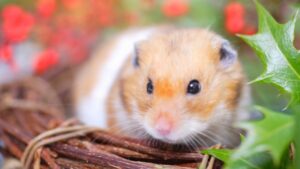
Can You Travel with a Hamster? A Comprehensive Guide
Traveling with a pet hamster isn’t as straightforward as it might seem. It requires careful consideration of your pet’s safety, comfort, and the logistics involved.
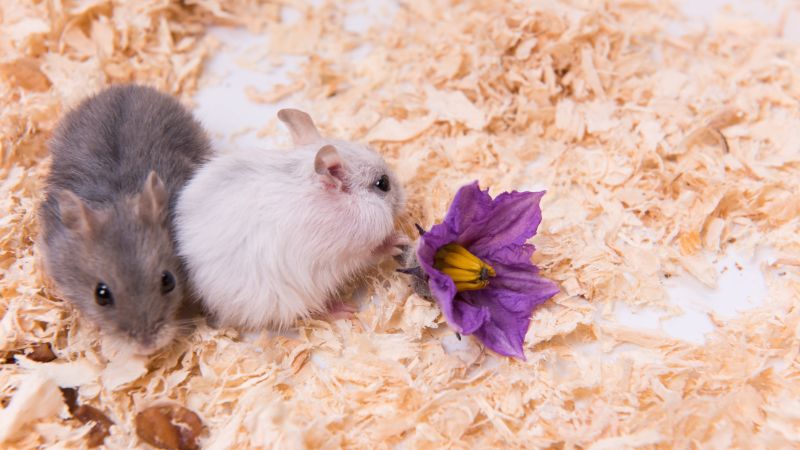
Can hamsters live together? Generally, yes. Dwarf hamsters, such as Campbell’s Russian Dwarf and Winter White Russian Dwarf, can live together in same-sex pairs or groups. Chinese hamsters can also cohabit in pairs or groups, but might require separation if they start fighting. However, Syrian hamsters should always live alone.
Hamsters, regardless of their breed, are excellent pets. This includes Syrian and Dwarf hamsters. They’re suitable for people of all ages and bring a lot of joy. Hamsters can help children learn to be responsible and are perfect for people living in smaller spaces like flats or apartments.
But, two key questions still need answers: which hamsters can live together? And which ones might end up fighting?
Even though Syrian hamsters prefer living alone, other types of hamsters might like having a cage friend. It’s important to choose the right hamster pairs. Did you know hamsters can be ready to have babies as early as four weeks old? To avoid having too many baby hamsters, it’s best to keep hamsters of the same sex together. The best pairs usually come from the same family because they tend to get along better.
But remember hamsters, especially boys, might still engage in fights sometimes. So, it’s crucial to monitor them closely and be prepared to provide them with separate wood cages if necessary.
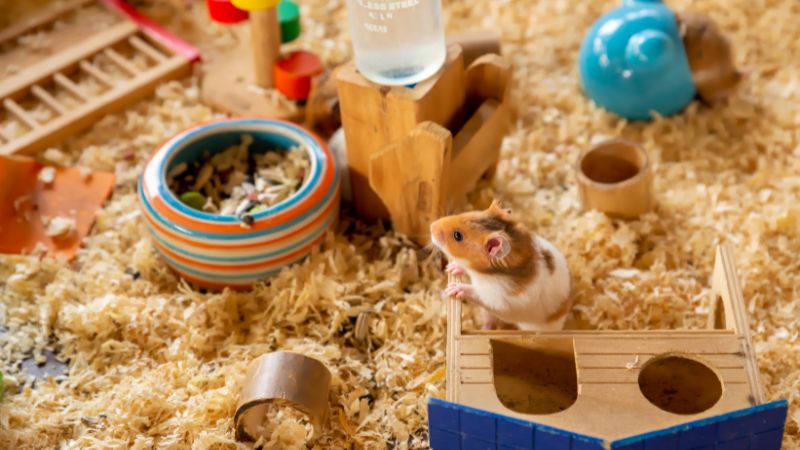
Good pet stores or sellers should be able to tell you whether a hamster is a boy or a girl before you buy it. But, if you plan to keep more than one hamster together, you might need to check their gender yourself.
A way to know if a hamster is female is that they have nipples, but the best method is to gently turn the hamster on its back and look at its lower body. There is a space between the bottom and private parts (called the anogenital distance). This space is usually much longer in boy hamsters – in girl hamsters, these parts are very close to each other, almost next to each other.
In the US, people usually have five different types of hamsters as pets. Each type of hamster might need different things and care.
Syrian Hamster
The Syrian hamster is what most people think of when they hear ‘hamster’. It used to be called the ‘Golden’ hamster. These hamsters are bigger and rounder than other types, usually about 4-6 inches long. They come in 40 different colors. Syrian hamsters like to live alone, so it’s best to have just one in each cage. They normally only meet each other to have babies.
These hamsters are great for people of all ages because they’re easy to hold due to their size. Unlike some smaller hamsters, Syrians stay friendly even if you don’t hold them for a while. But, it’s still good to play with them every day. They are very friendly and love exploring!
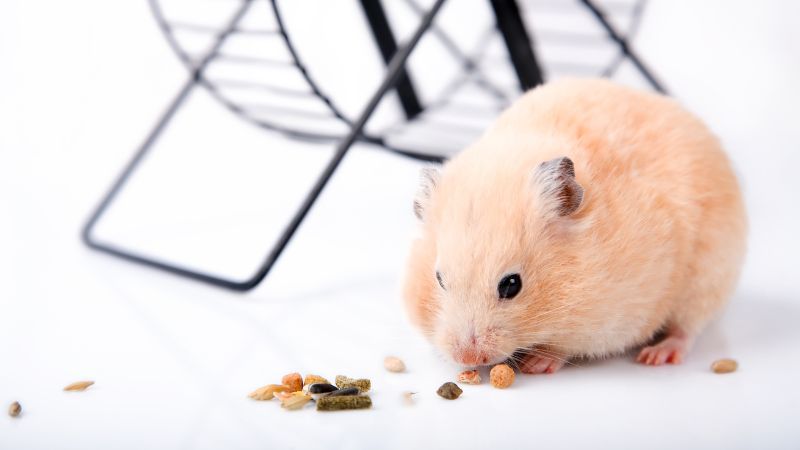
Campbell’s Russian Dwarf Hamster
These hamsters are often called ‘dwarf’ or ‘Russian’ hamsters and grow up to about 8cm long. They can live with another hamster of the same gender, either in pairs or sometimes even in small groups. However, it’s important to watch for any fighting or bullying and be ready to separate them if necessary.
Their fur comes in many colors and they can have a shiny, Satin-like coat. Different from Syrian hamsters, Russian dwarfs have fur on their feet and tails.
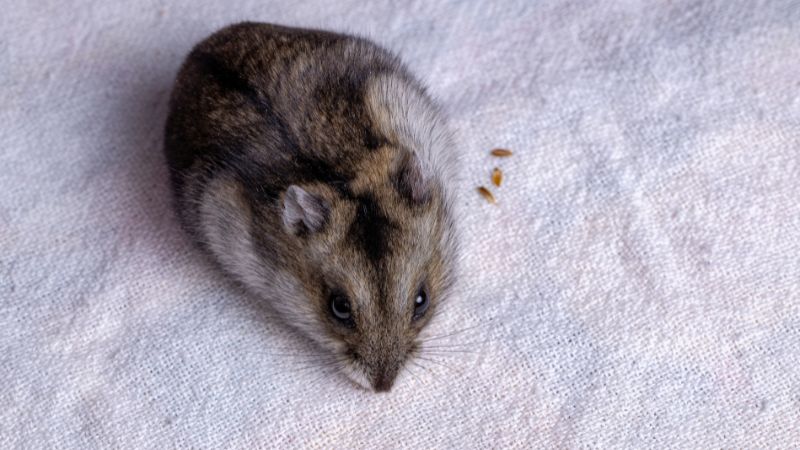
Winter White Russian Dwarf Hamster
These small hamsters are often mixed up with Campbell’s hamsters, as they are also called ‘dwarf’ or ‘Russian’. They have a unique Roman nose and an oval body shape, making them easy to tell apart from other types.
Their living needs and mating habits are very much like those of the Campbell’s hamsters. However, they have fewer color variations in their fur.
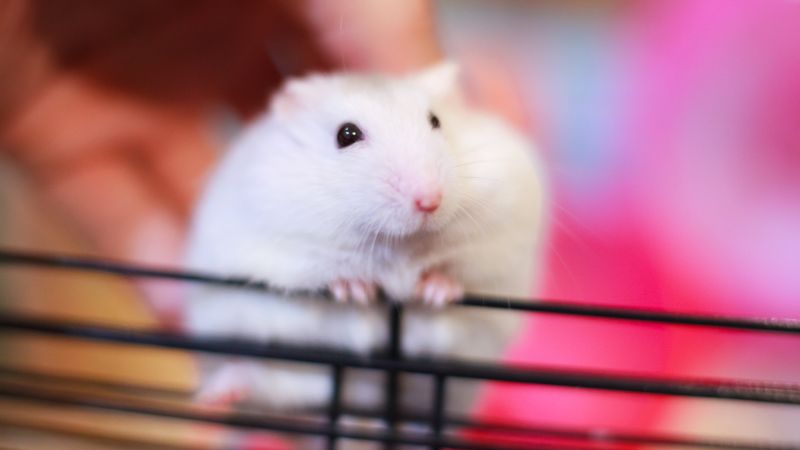
Chinese Hamster
Like the Russian Dwarf hamsters, these too can live with a partner or in small groups. But, just like with other dwarfs, watch out for any fights and separate them if necessary.
They grow to about 9cm, making them a bit longer and slimmer than the Russian varieties. Not only are their bodies longer, but they also have longer, prehensile tails, letting them grab onto things! Their fur is available in two or three different colors.
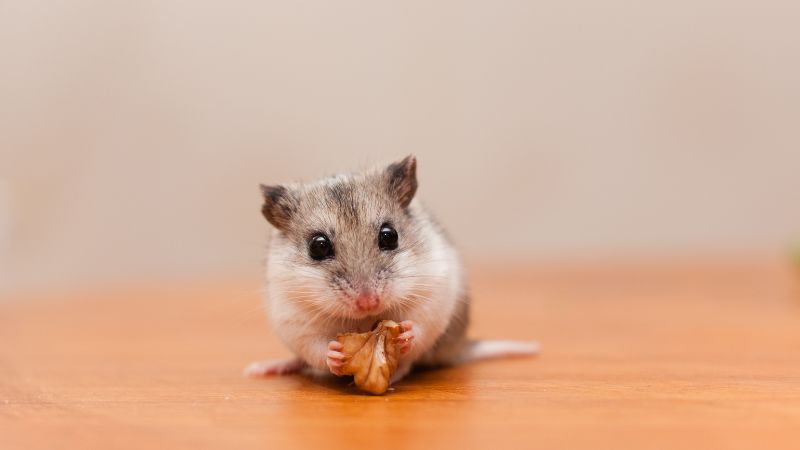
Roborovski’s Hamster
Often called the ‘Robo’, the Roborovski’s hamster is the tiniest in the hamster family. When fully grown, they hardly ever grow longer than 7cm, measuring from the nose to their tiny tail!
Looking after them is very similar to caring for Russian hamsters. They enjoy living in groups or with a buddy, but always keep an eye out for any aggressive actions. This hamster breed hardly ever bites, but they’re super active and can be a bit tricky to hold.
They’re known for being quick and lively, making them a fun, but challenging pet. These little ones come in just one color type.
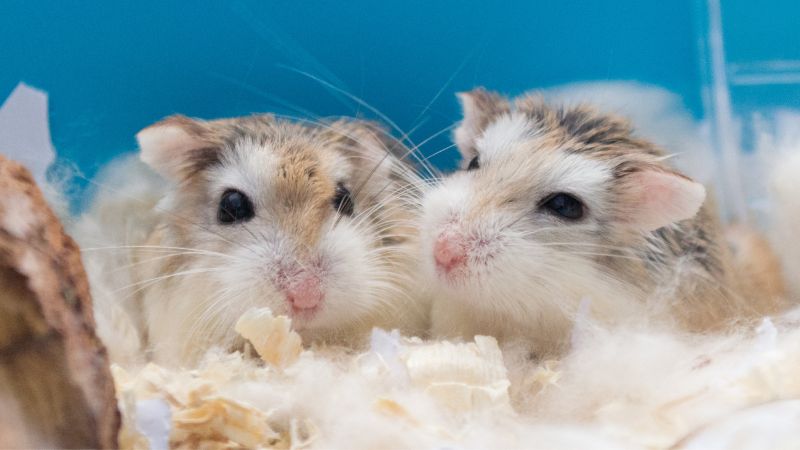
While some hamster breeds prefer solitude, others can coexist peacefully with the right pairing. So, can hamsters live together? Absolutely, with careful consideration of their breed, personality, and environment, hamsters can enjoy the company of their own kind, leading to a more dynamic and engaging experience for both the hamsters and their owners.
Keen for more advice on caring for hamster babies? You can find lots of helpful tips in our expert blogs right here.
What are the best practices for introducing new hamsters to each other?
Introducing new hamsters should be done carefully to ensure they get along. Start by keeping their cages near each other so they can get accustomed to the smell and presence of the other hamster.
Gradually allow supervised face-to-face meetings in a neutral area. Be patient and monitor their interactions closely for any signs of aggression.
How can you tell if hamsters are playing or fighting?
It can be tricky to differentiate between playing and fighting. Playful behavior often includes chasing, light wrestling, and hopping around. On the other hand, fighting might involve more aggressive actions like biting, loud squeaking, and one hamster trying to escape from the other.
Always supervise interactions and separate them if you notice any signs of stress or aggression.
What are the essential items to include in a hamster’s wood cage for a comfortable habitat?
A comfortable wood cage for hamsters should include a few key items: a spacious living area, a wheel for exercise, a comfortable bedding area for sleeping, chew toys for dental health, a water bottle, and a food dish.
Ensure there’s enough space for the hamster to explore and play, and regularly clean the cage to maintain a healthy environment.


Traveling with a pet hamster isn’t as straightforward as it might seem. It requires careful consideration of your pet’s safety, comfort, and the logistics involved.
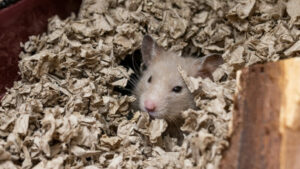
Finding the best hamster cage for Syrian hamster is crucial, as these curious, low-maintenance, and independent pets thrive in the right environment. The primary concern

When I began, the task of selecting essentials for a natural hamster habitat was daunting. To ease this process, I’ve assembled an exclusive set of

Have you ever wondered, “Are hamsters happier in bigger cages?” Generally YES. It’s a question that might seem straightforward, but there’s more to it than
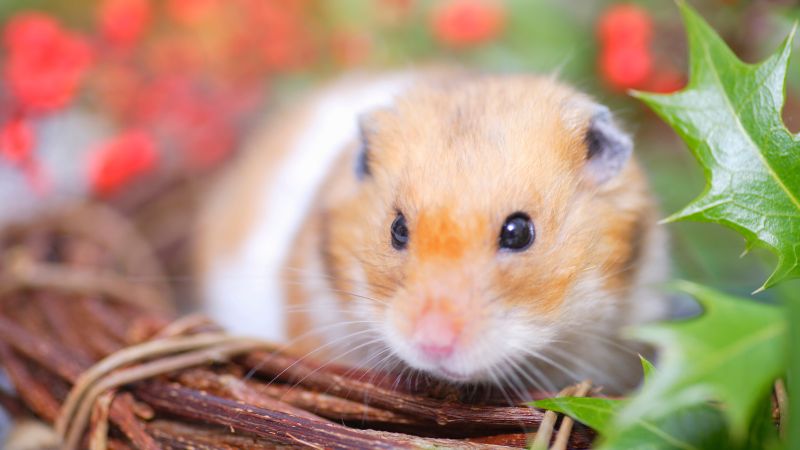
Traveling with a pet hamster isn’t as straightforward as it might seem. It requires careful consideration of your pet’s safety, comfort, and the logistics involved.
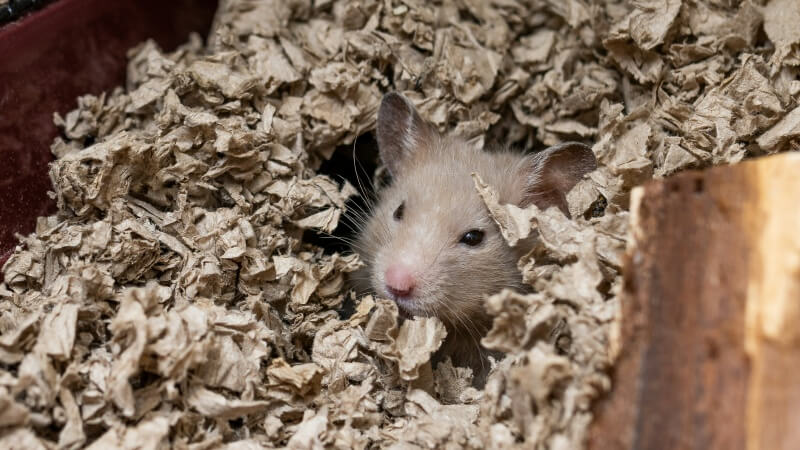
Finding the best hamster cage for Syrian hamster is crucial, as these curious, low-maintenance, and independent pets thrive in the right environment. The primary concern
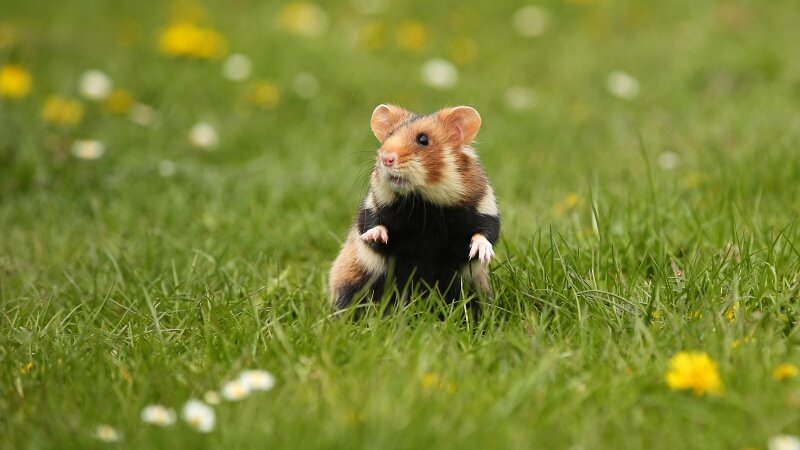
When I began, the task of selecting essentials for a natural hamster habitat was daunting. To ease this process, I’ve assembled an exclusive set of

Have you ever wondered, “Are hamsters happier in bigger cages?” Generally YES. It’s a question that might seem straightforward, but there’s more to it than